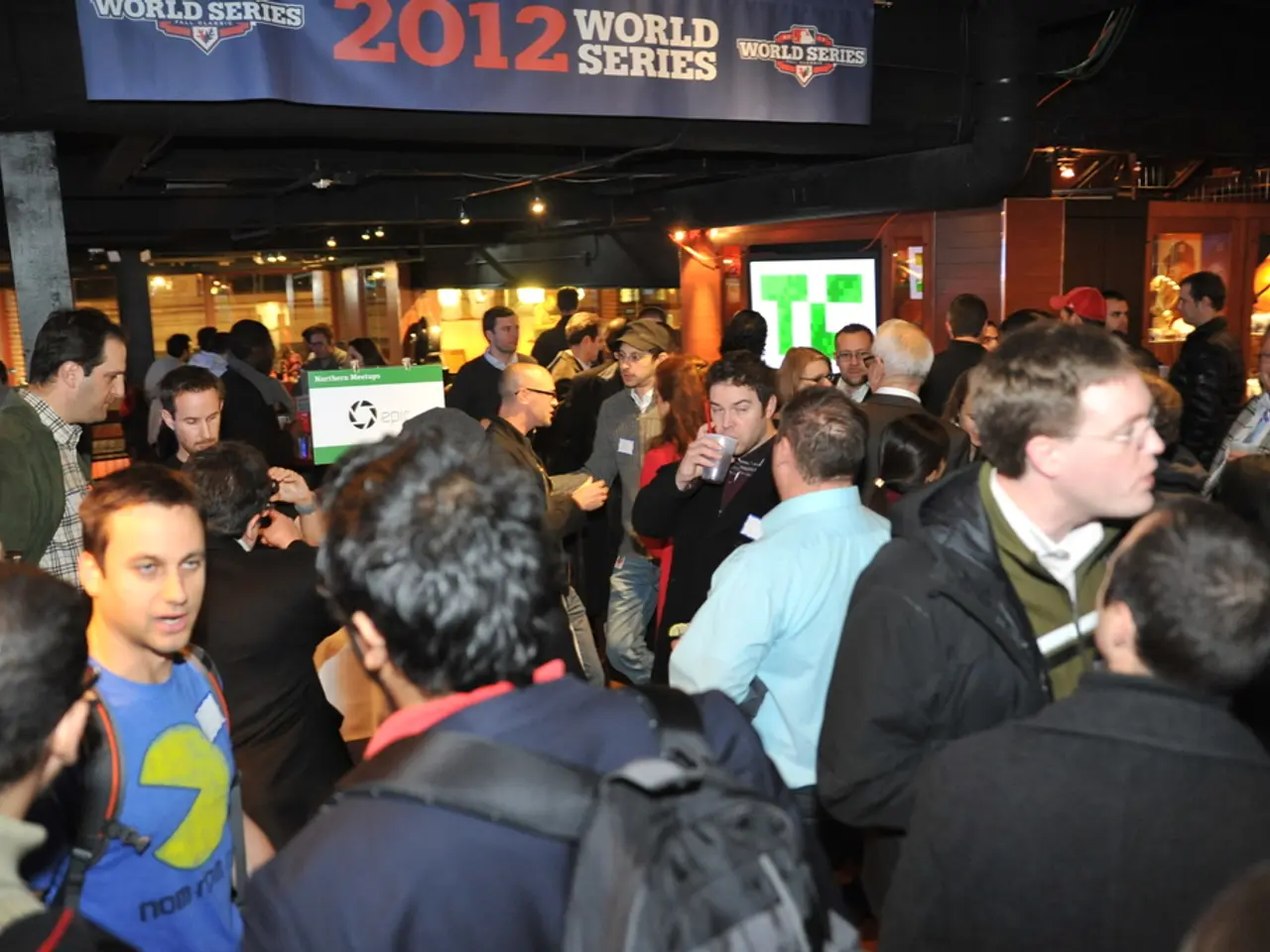Intense Demands, High Risks: Navigating Advanced Security Systems in Transport Centers
In the dynamic world of transportation, upgrading audio and digital signage systems in hubs like airports and train stations presents a unique set of technical challenges. These challenges range from environmental and operational conditions to security and integration constraints.
Manufacturers and integrators address these issues through careful system design and component selection. For instance, they use robust media players with strong processors and sufficient memory that can handle high-resolution video and complex scheduling while running 24/7 without overheating. Media players often feature remote management, auto-recovery after power outages, solid-state storage for better reliability, and fanless or quiet designs suitable for indoor use.
Environmental factors such as dust, pollution, and humidity pose challenges that require protective measures. Equipment often requires protective casing and regular maintenance to prevent failures, as observed in dusty airport installations.
Security is a top priority, requiring equipment to be heat- and fire-resistant and immune to electromagnetic interference (EMI), especially in sensitive areas like airports where interference with air traffic control signals must be avoided. Integrators ensure that all hardware complies with stringent EMI and fire safety standards and that cybersecurity measures are integrated to prevent exploitation.
Integration solutions focus on compatibility with legacy infrastructure through adaptable software platforms and hardware interfaces, minimizing disruption during upgrades. Collaboration across manufacturers and integrators also emphasizes modular and scalable solutions that can be adapted to each transportation hub’s specific needs and constraints, including crowd management and safety.
One example of such innovation is the Belgian integrator TVV Sound Project's installation of a new public address system at Liege train station, using the Dante protocol, digital amplifiers, and beam-steering technology to avoid echoes and maintain discretion.
In the case of airports, challenges like disruptive noise, muddy acoustics, and dealing with loud background noise, echo-filled spaces, durability requirements, exposure to weather, and security considerations are more specific. The installation at Union Station in Washington, DC, used robust exterior EMPIRE displays by SNA Displays due to the station being more exposed to the elements and having open-air spaces.
LG Electronics modernized the flight information display system (FIDS) at Portland International Airport (PDX), integrating their displays with wayfinding systems, emergency alerts, real-time transit data, and advertising content. Sharp NEC's solution for upgrading FIDS displays at a major airport involved deploying LCD panels with modular computing and a Raspberry Pi 4 for secure, cost-effective, and remotely manageable systems. The Raspberry Pi 4 has a minimum life of 10 years and a high Mean Time Before Failure (MTBF), reducing total cost of ownership.
Addressing acoustics difficulties is crucial. Poor acoustics were an issue at Newark Airport's Terminal A, which needed an AV system that delivered clarity and full integration with emergency protocols. AtlasIED installed immersive multimedia and real-time paging using more than 2,300 loudspeakers. SoundTube's installation at Orlando International Airport presented significant acoustics difficulties related to its expansive open spaces, high ceilings, and highly reflective glass surfaces. SoundTube used SoundTube's SolidDrive SD-1G invisible speakers to transform the glass surfaces into discreet, full-range sound sources.
Even with these challenges, transportation hubs are likely to remain 'innovative testbeds' in the AV sector for many years, with new innovations sure to emerge, posing fresh challenges for manufacturers and integrators. For instance, Zeta Display had to overcome the magnetism issues caused by the brake dust from the trains at Oslo Central Station by developing a custom LED installation method that uses screws instead of magnets.
In summary, the technical challenges are multifaceted—ranging from environmental and operational conditions to security and integration constraints—and are met by using durable, compatible, secure, and remotely manageable systems designed specifically for the demanding transportation hub environment. Ampetronics | Listen Technologies installed its Auracast solution at Bristol Temple Meads station to provide a low-latency, personal audio experience that enhances inclusivity and accessibility. Integration of new equipment with existing tech from various brands is common in upgrades.
- For optimal audio quality in open-air spaces like train stations, manufacturers often deploy invisible speakers, such as SoundTube's SolidDrive SD-1G, which can convert glass surfaces into discreet sound sources.
- In the realm of sporting events held within transportation hubs, it's essential to have robust audio and signage systems to ensure clear broadcasting despite challenging acoustics and echo-filled spaces. An example would be the immersive multimedia and real-time paging system installed by AtlasIED at Newark Airport's Terminal A for full integration with emergency protocols.







